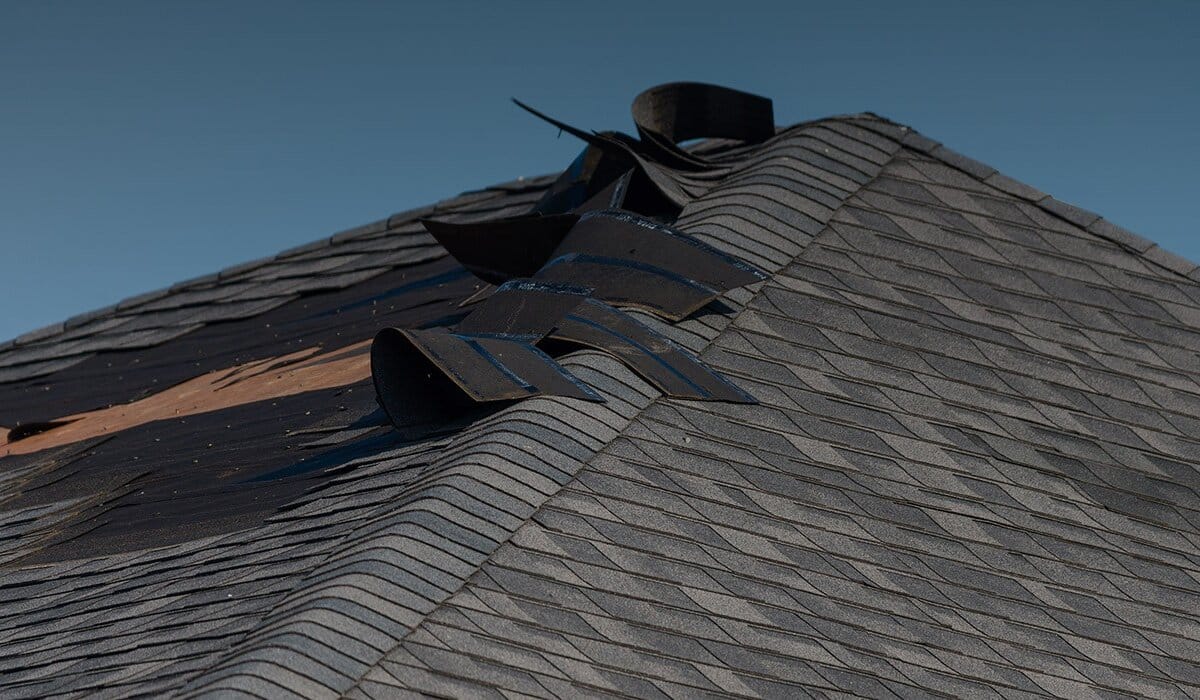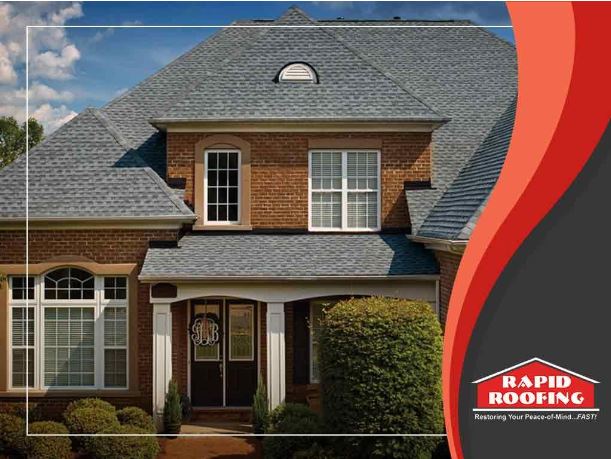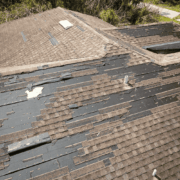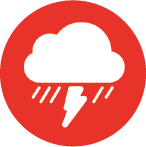What Kinds of Damage Do Storms Cause to Roofs?
Storms can cause a wide range of damage to roofs, from minor shingle damage to major structural issues. Understanding the different types of damage that storms can cause to roofs can help homeowners take steps to protect their homes and minimize the risk of costly repairs.
Damage to Shingles
One of the most common types of damage caused by storms is damage to shingles. High winds can tear shingles off of a roof, leaving the underlying structure exposed to the elements. In addition, heavy rain can cause shingles to become loose or missing, which can lead to leaks and water damage. Homeowners can minimize the risk of shingle damage by having their roofs inspected and maintained regularly, and by ensuring that their shingles are properly nailed and sealed.
Damage to Roof Gutters
Another common type of damage caused by storms is damage to gutters and downspouts. High winds can cause these components to become loose or detached, which can lead to water damage and leaks. Additionally, heavy rain can cause gutters and downspouts to become clogged, which can lead to water overflowing and causing damage to the roof and the structure of the home. Homeowners can minimize the risk of gutter and downspout damage by having them inspected and cleaned regularly, and by ensuring that they are properly attached and sealed.
Damage to Flashing
Another type of damage that storms can cause to roofs is damage to the flashing. Flashing is a thin strip of metal or other material that is used to seal the areas where the roof meets other parts of the structure, such as walls, chimneys, and skylights. High winds can cause flashing to become loose or detached, which can lead to leaks and water damage. Additionally, heavy rain can cause flashing to become corroded or rusted, which can weaken it and make it more susceptible to damage. Homeowners can minimize the risk of flashing damage by having their roofs inspected and maintained regularly, and by ensuring that the flashing is properly installed and sealed.
Roof Structural Damage
In addition to these types of damage, storms can also cause damage to the structure of the roof itself. High winds can cause the roof to shift or buckle, which can lead to leaks and water damage. Additionally, heavy rain can cause water to seep into the attic, which can lead to mold and mildew growth, as well as structural damage. Homeowners can minimize the risk of structural damage by having their roofs inspected and maintained regularly, and by ensuring that the attic is properly ventilated and insulated.
Damage to Accessories
Finally, storms can also cause damage to the skylights, chimneys, and other parts of the roof. High winds can cause these components to become loose or detached, which can lead to leaks and water damage. Additionally, heavy rain can cause these components to become clogged or damaged, which can lead to water overflowing and causing damage to the roof and the structure of the home. Homeowners can minimize the risk of damage to these components by having them inspected and maintained regularly, and by ensuring that they are properly attached and sealed.
In conclusion, storms can cause a wide range of damage to roofs, from minor shingle damage to major structural issues. Understanding the different types of damage that storms can cause to roofs can help homeowners take steps to protect their homes and minimize the risk of costly repairs.
Homeowners can minimize the risk of damage by having their roofs inspected and maintained regularly, and by ensuring that the roof and other components are properly installed and sealed.




 Residential Roofing
Residential Roofing Storm Damage
Storm Damage Multi-Family Homes
Multi-Family Homes